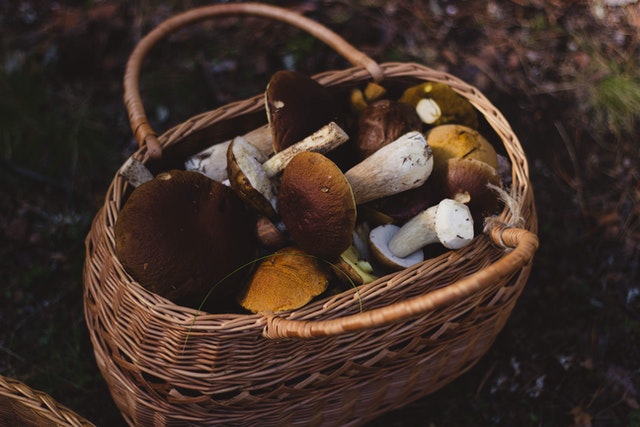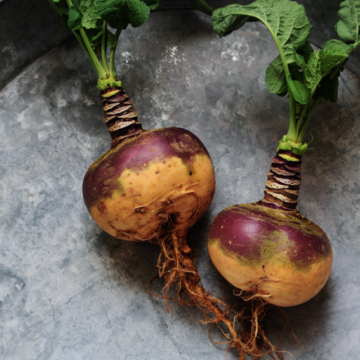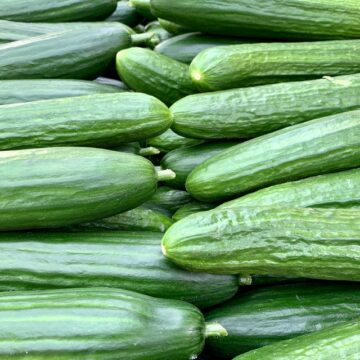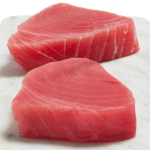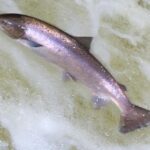Can dogs eat mushrooms?
Now that’s a vast question with a lot of implications. We, as humans, have learnt that we need to be careful with mushrooms. So much so that we have managed to isolate species of mushrooms which are safe to eat and are grown for our home consumption.
On the other hand, some of us have the knowledge which allows them to venture in the woods and seek out wild mushrooms. However, this can prove to be a disastrous game as many die every year from mushroom poisoning.
So, what about our dogs then? Will mushrooms hurt dogs?
let’s look at the problem from the safest environment to the wild.
Can dogs eat mushrooms bought in the supermarket?
As we said, those mushrooms are safe for us, however what is safe for us isn’t necessary safe for our dogs (think raw salmon for instance). Dogs can eat mushrooms, but it isn’t on their radar normally. They eat it because we give it to them. Like with every other type of food we make, it is best to avoid cooked mushrooms in any fatty medium (butte, oil, meat fat..etc..) as this will most likely upset your dog’s stomach.
If you want to feed your dog mushrooms, best doing it slowly, but if you boil them up, you can dice them and add them to his meal. Alternatively you can always make a mushroom broth and then use it to mix his food.
Mushrooms are surprisingly full of nutrients. Adding them to your dog’s diet can:
- Support liver and kidney function
- Improve nutrition in weak animals
- Stabilize blood sugar and metabolism
- Lower cholesterol, boost weight loss, and aid in preventing fatty liver disease
- Help prevent viral infections
- Boost immune system
- Reduce blood pressure
- Prevent heart disease
- Prevent and battle cancer
Like with everything and similarly to us, dogs can also have allergic reaction to new food. For the case of mushroom and dogs, you should look out for:
Some dogs may be allergic to mushrooms. Signs of a potential food allergy include:
- Vomiting, especially immediately after eating
- Excessive gas
- Skin problems
Can dogs eat mushrooms which have grown in your suburbia garden?
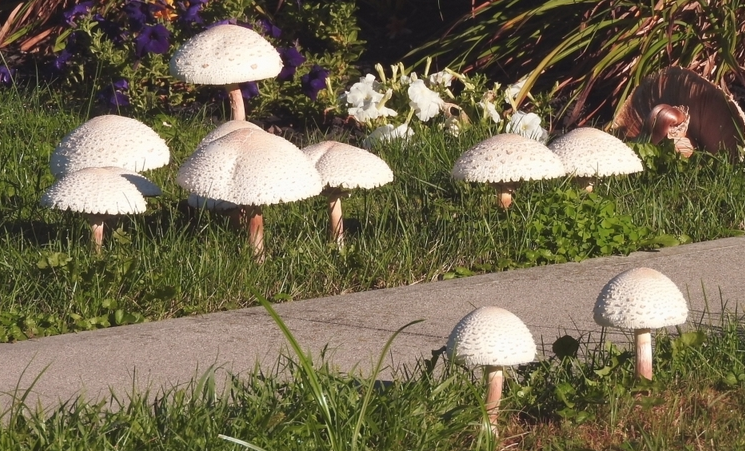
Most of us, if not all of us, have seen mushrooms growing here and there in gardens in town or in cities. In fact it isn’t until you have a pet that you start to worry about it, since as children we are told that under no circumstances we should touch or eat mushrooms which are growing outside. So, invariably, most kids use them as football!!
Even though only 3% of known mushrooms are poisonous, it is best to take all precautions and make sure that your garden is free of any slightly damp and low light areas. If you have damp areas in your garden, fence corners with tall grass, you might have a place when mushrooms can grow.
Luckily, mushrooms don’t grow all year long as they are quite temperature dependent, so keeping a tidy garden especially in fall and winter is important for your dog’s health. So, no dogs shouldn’t eat any mushrooms form your garden.
Can dogs eat mushrooms found in the wild?
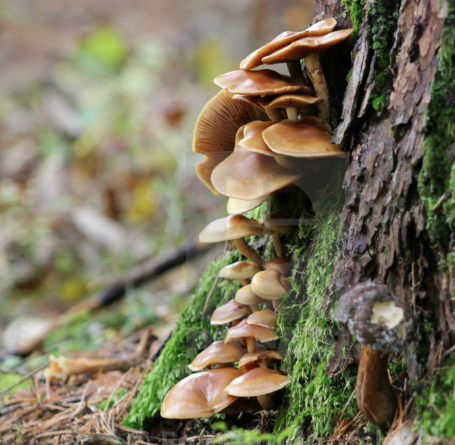
Absolutely and positively not! Even if you are a mushroom expert, there is no telling what could happen to your dog. Better be on the safe side and not even try it.
There is a problem however. If you and your dog often go out in the forest he will find mushrooms. Luckily, as we said above, mushrooms are very temperature dependent, so this shouldn’t be a year long risk. Hence you can devise the following strategy: Walks in the forest when it isn’t mushroom season! If not, then you might have to keep your dog on a leash and train him so that when you tell him to drop what he has in his mouth, he does it. (if you feel he needs some encouragement with training, we have you cover here )
What are the symptoms of mushroom poisoning in a dog?
Although you are trying your best to minimize the chances of garden / wild mushroom poisoning, there is always a sliver of possibility. So you better be on the look out for tell tale signs such as:
- Salivation
- Tear production
- Urination
- Sedation
- Tremors
- Seizures
- Liver failure
- Severe gastrointestinal upset
If you suspect your dog has eaten a wild mushroom, you need to take it to your vet immediately for urgent care.
Takeaway
When outside in the garden, in public parks or out in the wild, we need to pay attention to be sure that there are no wild mushrooms which could tease our dogs curiosity. Whilst in our garden and public park it can be done a lot easier (small place, lots of people, kept on leash), going outside to the great outdoors usually means that our dogs can roam free. Sadly this freedom may put him in front of a wild mushroom. Make sure in the wettest part of the year to pay attention to your dog’s behavior after a walk in the forest and if you are suspicious, bring him to your vet. Better be safe than sorry.
